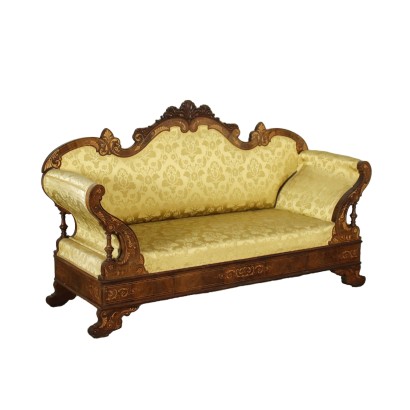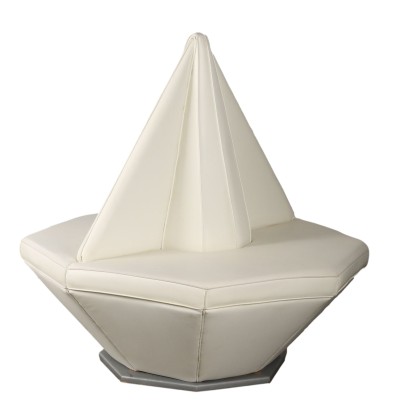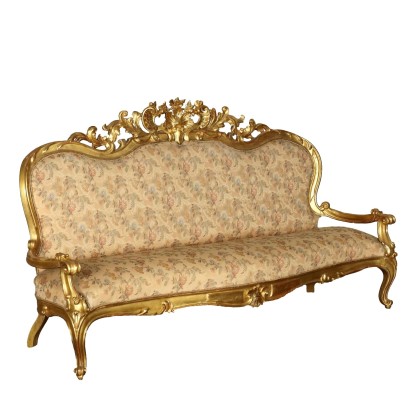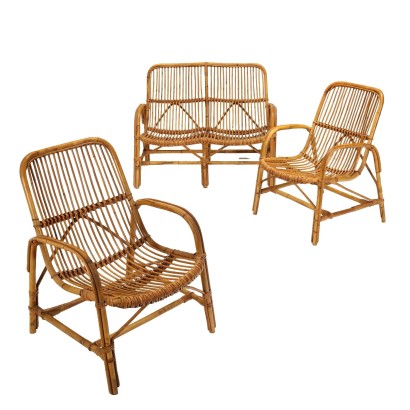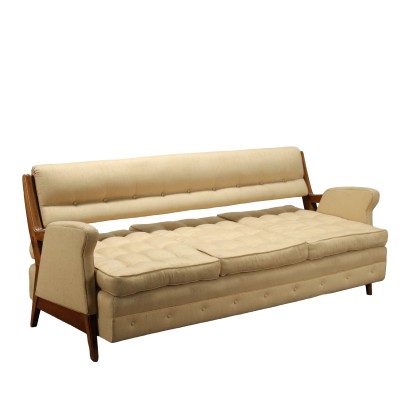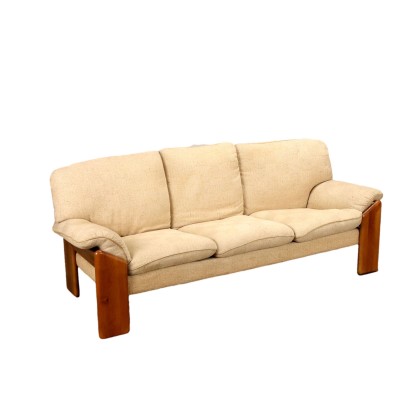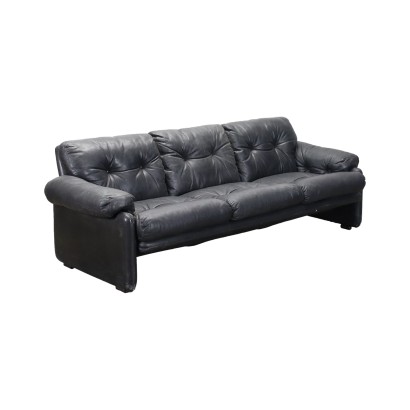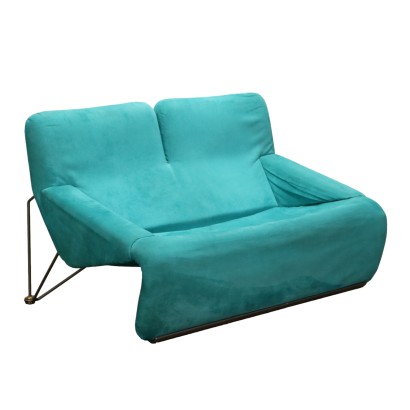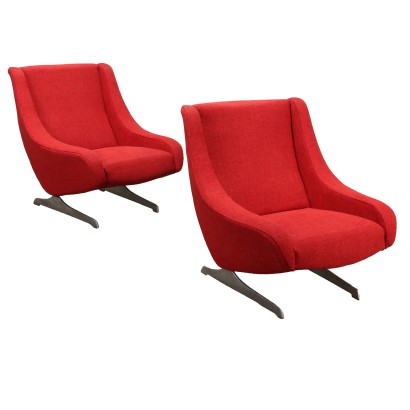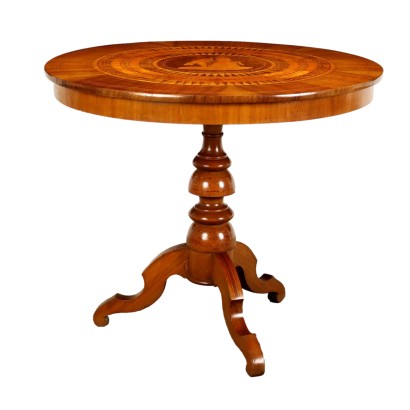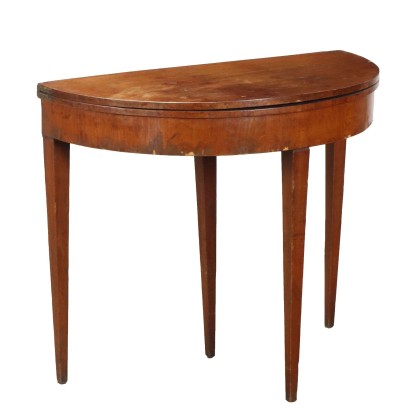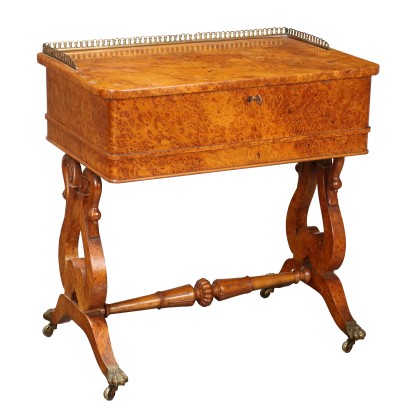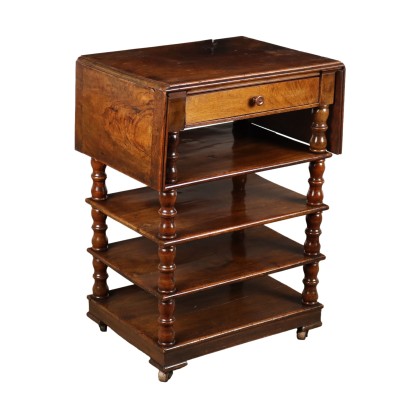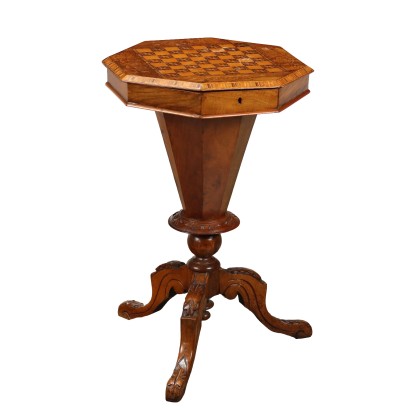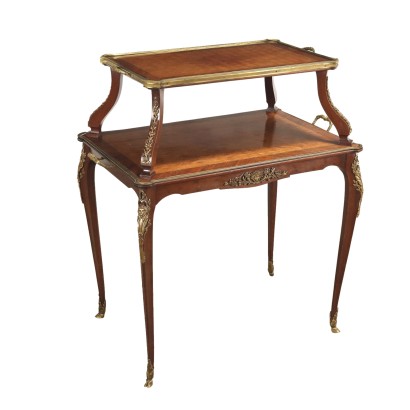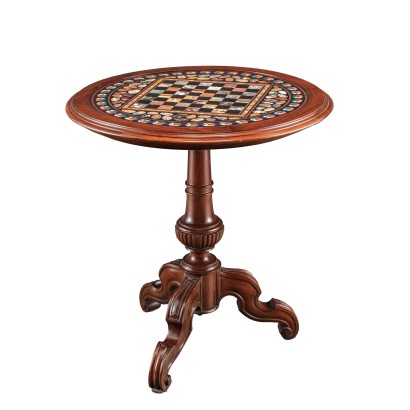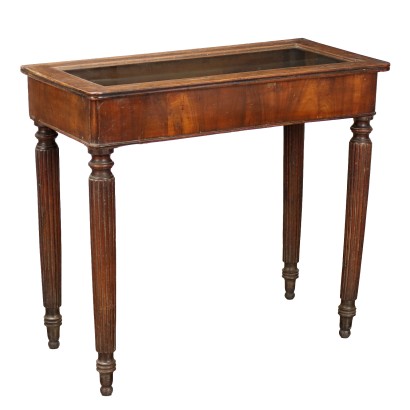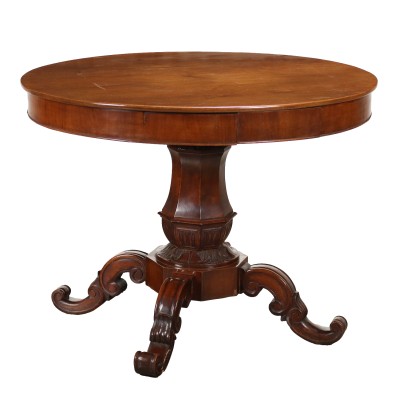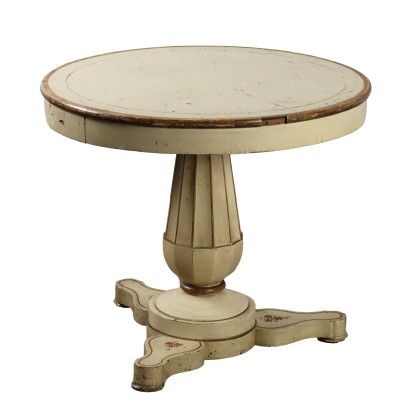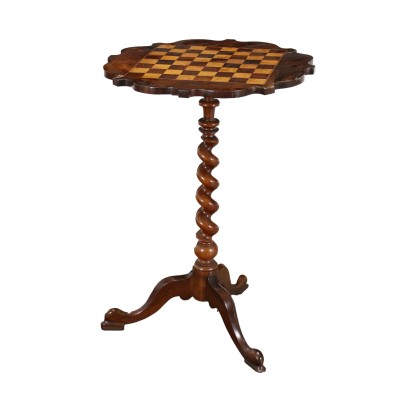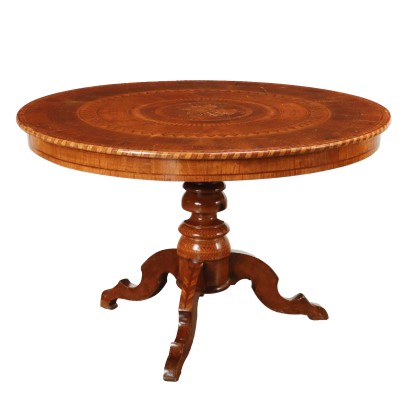Ancient Sofa Charles X Italy XIX Century Walnut Maple Carved Wood - Carlo X sofa
Features
Carlo X sofa
Age: 19th Century / 1801 - 1900
Origin: Italy
Description
Sofa, Charles X period, in walnut inlaid with maple; partially carved shaped back. boat-like sides with a cornucopia development resting on turned pillars, curled feet, the whole surface is inlaid. with phytomorphic motifs.
Product Condition:
Furniture in good condition, with small signs of wear.
Dimensions (cm):
Height: 120
Width: 196
Depth: 65
Additional Information
Age: 19th Century / 1801 - 1900
19th Century / 1801 - 1900Main essence:
Maple
Hard, light wood used for inlays. It grows mainly in Austria, but it is widespread throughout the northern hemisphere, from Japan to North America, passing through China and Europe. It is one of the lightest woods ever, tending to white, it is similar to lime or birch wood. The briar is used in the production of ancient secretaires .Walnut
Walnut wood comes from the plant whose botanical name is juglans regia , probably originally from the East but very common in Europe. Light or dark brown in color, it is a hard wood with a beautiful grain, widely used in antique furniture. It was the main essence in Italy throughout the Renaissance and later had a good diffusion in Europe, especially in England, until the advent of mahogany. It was used for solid wood furniture and sometimes carvings and inlays, its only big limitation is that it suffers a lot from woodworm. In France it was widely used more than anything else in the provinces. In the second half of the eighteenth century its use decreased significantly because mahogany and other exotic woods were preferred.Other customers have searched:
Divano, duchesse brisée, dormeuse, ottomana, canapè, sofà..
Tutto quello che c'è da sapere sui divani lo trovi nel nostro blog e su FineArt:
Leggi di più
Un divano dell''800 esempio di eclettismo
Un divano neoclassico emiliano in cui un dettaglio è importante: Il nodo d'amore
Storia della dormeuse
Divano modulare Camaleonda di Mario Bellini
Divano "IX Triennale" Marco Zanuso per Arflex
Divano due posti 'Soriana', Afra & Tobia Scarpa per Cassina
Divano "D70", Osvaldo Borsani per Tecno
Quattro Divanetti lombardo-veneto del XIX secolo
Sull'antiquariato in generale dai un'occhiata anche a:
Classic Monday: da un pezzo dei nostri magazzini alla storia dell'antiquariato
L'antiquariato dalla A alla Z: il Dizionario dell'Antiquariato
Il dizionario dell'antiquariato - Lastronatura
Il dizionario dell'antiquariato - Mascherone
Il dizionario dell'antiquariato - Natura morta
Il dizionario dell'antiquariato - Opificio
Il dizionario dell'antiquariato - Pastiglia
Il dizionario dell'antiquariato - Savonarola
Il dizionario dell'antiquariato - Rosone
Classic Monday: da un pezzo dei nostri magazzini alla storia dell'antiquariato
L'antiquariato dalla A alla Z: il Dizionario dell'Antiquariato
Leggi di più
Un divano dell''800 esempio di eclettismoUn divano neoclassico emiliano in cui un dettaglio è importante: Il nodo d'amore
Storia della dormeuse
Divano modulare Camaleonda di Mario Bellini
Divano "IX Triennale" Marco Zanuso per Arflex
Divano due posti 'Soriana', Afra & Tobia Scarpa per Cassina
Divano "D70", Osvaldo Borsani per Tecno
Quattro Divanetti lombardo-veneto del XIX secolo
Sull'antiquariato in generale dai un'occhiata anche a:
Classic Monday: da un pezzo dei nostri magazzini alla storia dell'antiquariato
L'antiquariato dalla A alla Z: il Dizionario dell'Antiquariato
Il dizionario dell'antiquariato - Lastronatura
Il dizionario dell'antiquariato - Mascherone
Il dizionario dell'antiquariato - Natura morta
Il dizionario dell'antiquariato - Opificio
Il dizionario dell'antiquariato - Pastiglia
Il dizionario dell'antiquariato - Savonarola
Il dizionario dell'antiquariato - Rosone
Classic Monday: da un pezzo dei nostri magazzini alla storia dell'antiquariato
L'antiquariato dalla A alla Z: il Dizionario dell'Antiquariato
Alternative proposals
It could also interest you



